The immersive room
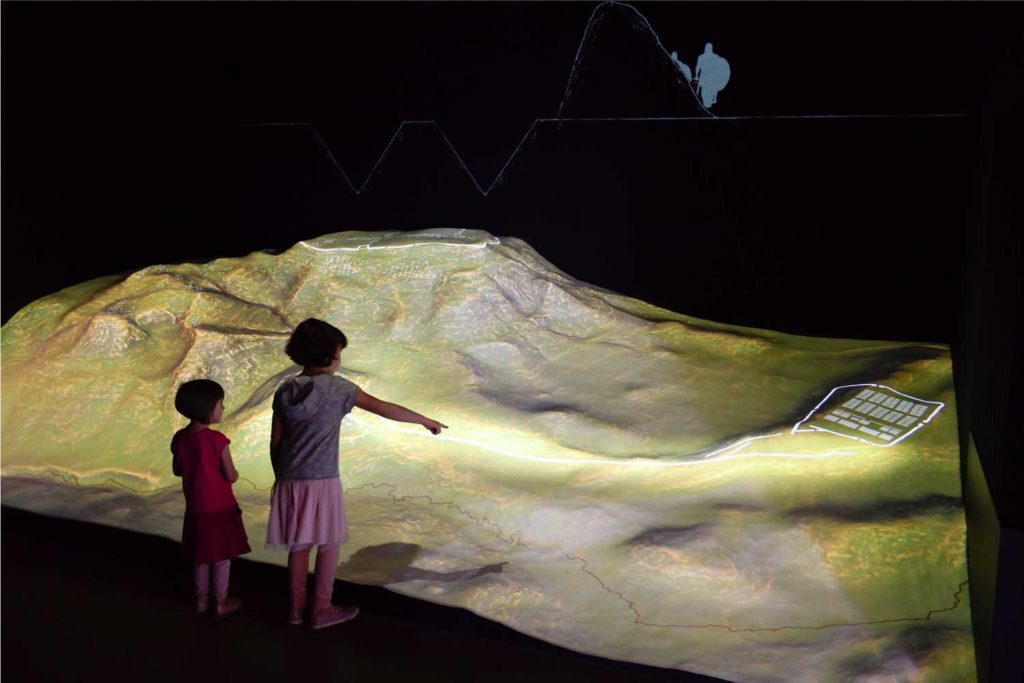
The military forces
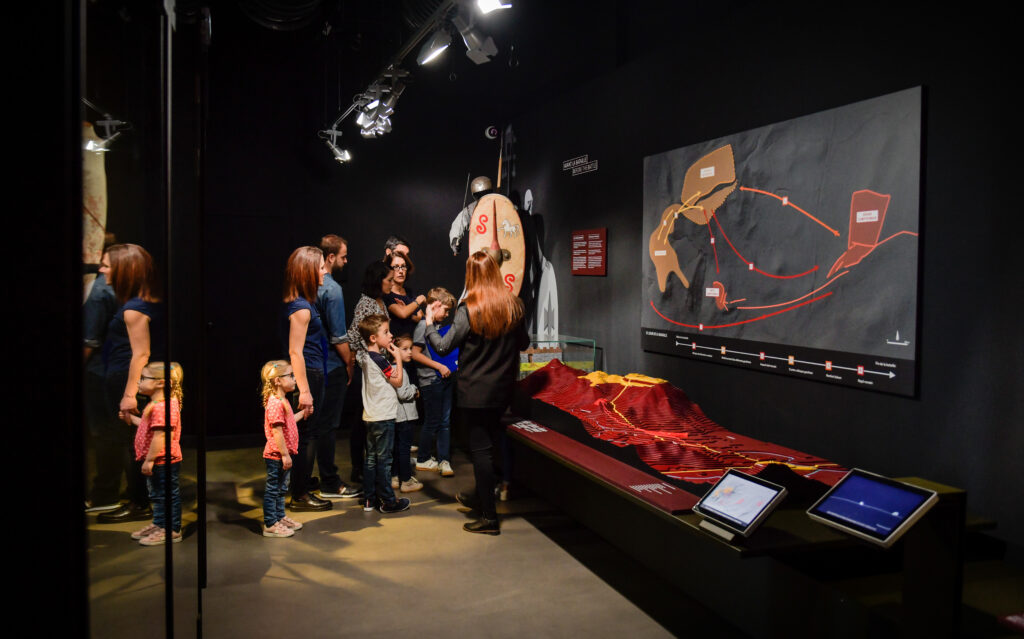
Testimonies of the living and the dead
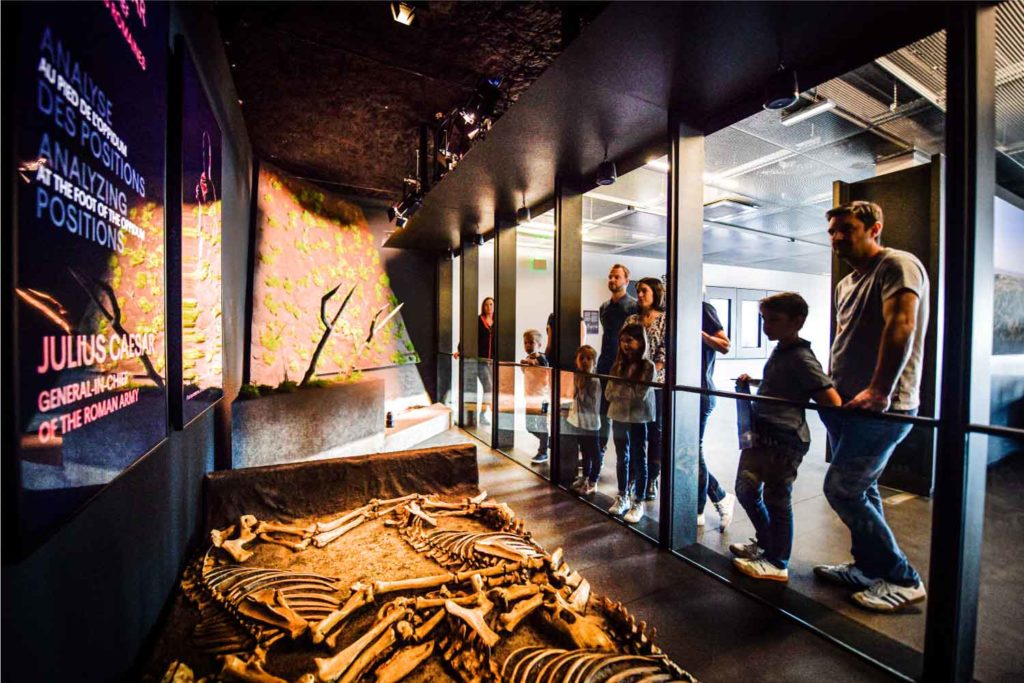
The landscape through time
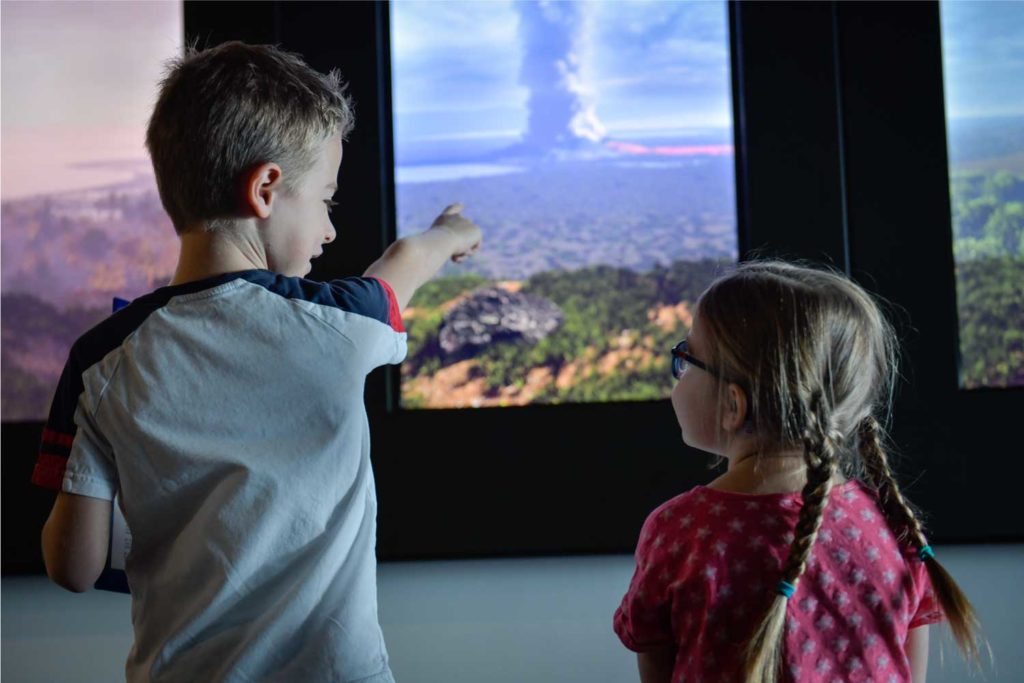
History of the Arverni territory
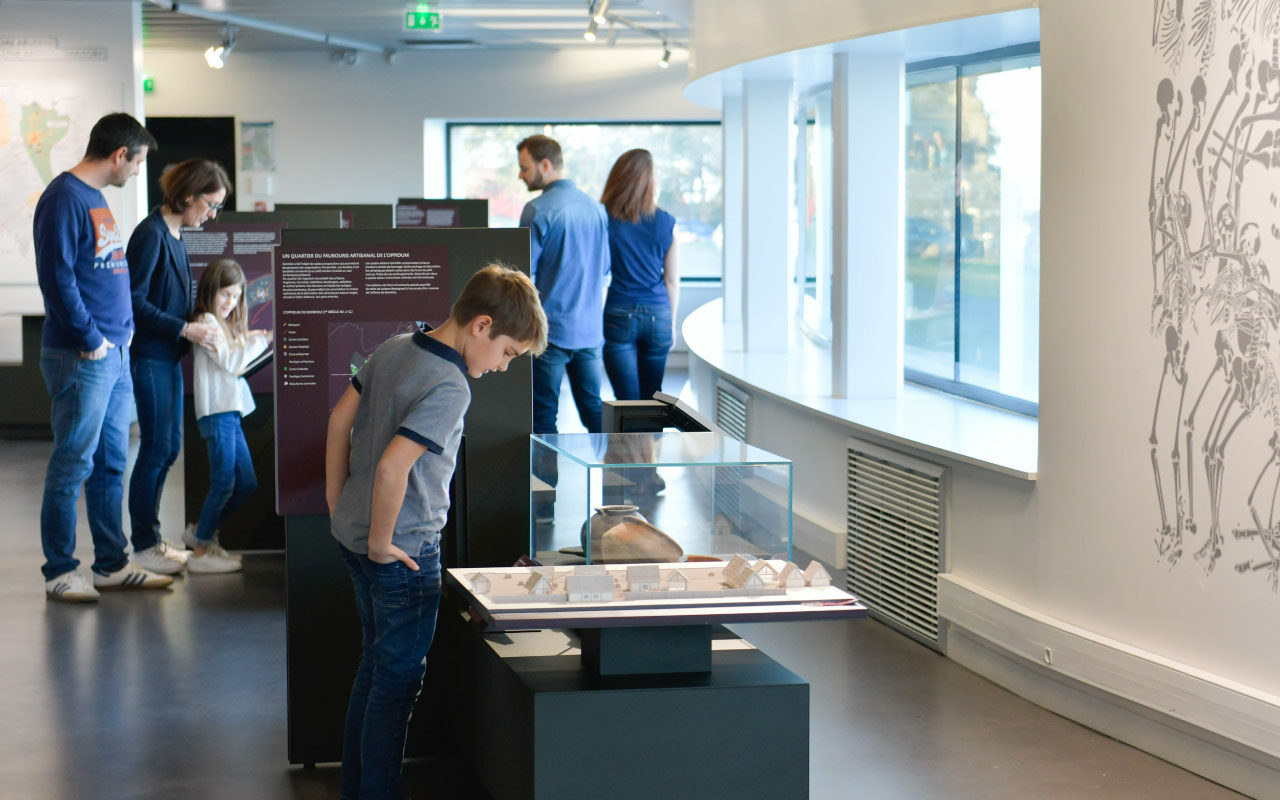






Unique in Europe, a collection of painted vases decorated with animals was found at the Averni site of Gandaillat. These wonderful examples of the Arverni artistic know-how will surprise you with their beauty.
On the left:
⏳ Dating: Around 200 to 160 BC
⛏ Discovery: Vermeulen, 2003, Archaeological dig in Gandaillat – Clermont-Ferrand – Copy – Original kept at the Musée Bargoin – Clermont Métropole
On the right:
⏳Dating: Around 140 to 110 BC
⛏ Discovery: Vermeulen, 2001, Archaeological dig in Le Brézet – Clermont-Ferrand – Copy – Original kept at the Musée Bargoin – Clermont Métropole
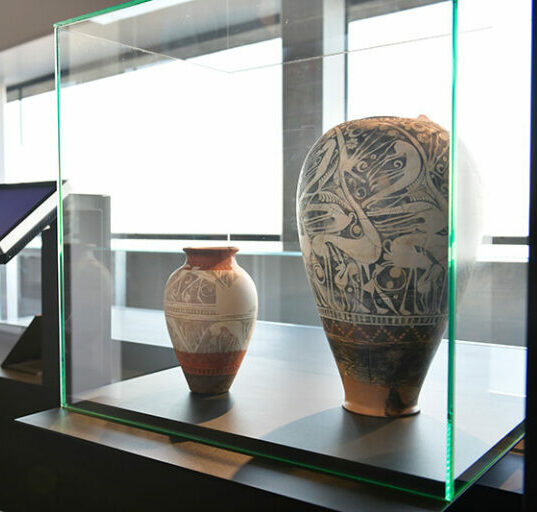
Have a look at the helmets, swords, scorpio quarrels, and ballista balls… Discover the relics from the Battle of Gergovia and get an insight into a battlefield that had much greater significance than what Julius Caesar described in his writings.
On the left (at the top), helmet with riveted iron neck cover
⏳ Dating: Around 50 BC
⛏ Discovery: Deberge, 2006, Archaeological dig in the Oppidum of Gondole – Copy – Original kept at the Musée Bargoin – Clermont Métropole
On the right (at the bottom), iron spear or javelin point
⏳ Dating: Around 50-30 BC
⛏ Discovery: Deberge, 2006, Archaeological dig in the Oppidum of Gondole – Copy – Original kept at the Musée Bargoin – Clermont Métropole

Dating to before the Battle of Gergovia, this warrior trophy was found in the fortified town of Corent, another major Averni site located a few kilometres from Gergovia. Originally, the trophy of arms consisted of an anthropomorphic display assembling a coat of chainmail, four shields, one or more swords and a military banner in the shape of a boar. It represented the consecration, within the city walls, of arms captured from the enemy in order to commemorate a great military feat.
⏳ Dating: End of the second century BC
⛏ Discovery: Garcia 2009, archeological survey in the oppidum of Corent – Veyre Monton
A loan from the department of Puy-de-Dôme
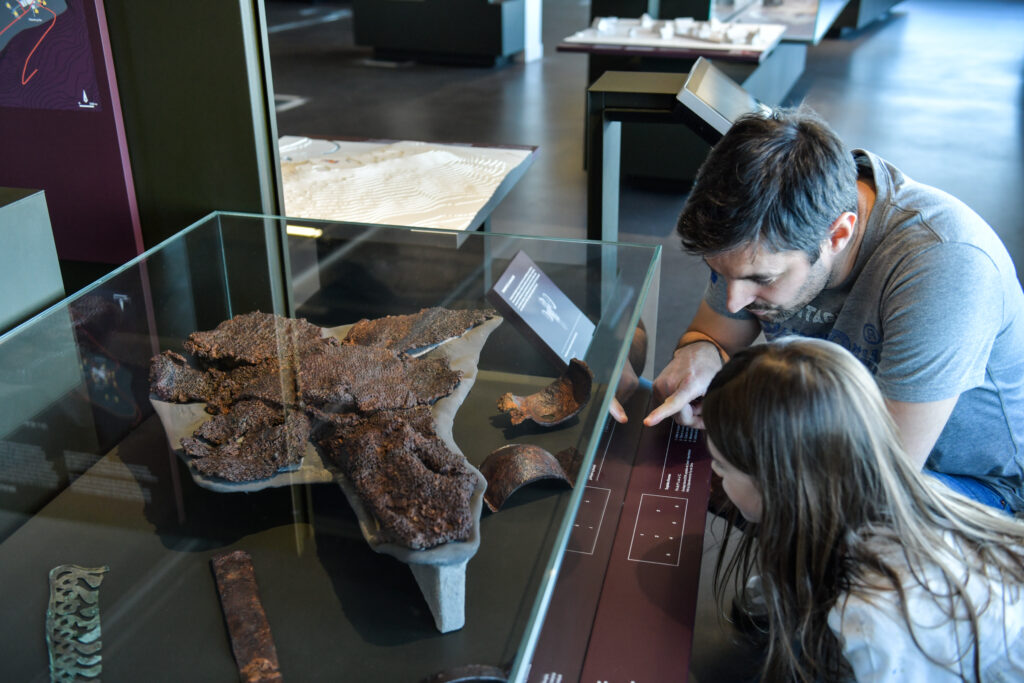
These Gallic coins, minted in the name and showing the effigy of various local chiefs, served a dual political and economic purpose since they provided the ruling classes with a way of displaying their authority. Few documents exist that mention Vercingetorix’s appearance. The coins bearing his effigy, captioned “VERCINGETORIXS”, show the profile of a young, clean-shaven man with curly hair; this may represent an idealised portrait, or even the god Apollo. Conversely, there are several sources describing the physical appearance of Julius Caesar. In addition to the coins minted in his image immediately after his death, several busts can be attributed to him with a degree of certainty.
Posthumous silver denarius with the effigy of Julius Caesar:
⏳ Dating: 43 BC
On the obverse: laurel head of Julius Caesar
On the reverse: Peace or Venus standing, holding a caduceus and a scepter
Caption: L(ucius) fLAMINus III VIR named after the monetary magistrate who minted this coin.
Copy – Original kept at the Alfred Danicourt Museum, Péronne.
Gold stater with the effigy of Vercingetorix:
⏳ Dating: 52 BC
⛏ Discovery: Treasure of Pionsat (63) – 1852
On the obverse: juvenile head with curly hair captioned VERCINGETO (RIXs).
On the reverse: galloping horse, amphora and crescent.
Copy – Original kept at the Alfred Danicourt Museum, Péronne.

Posthumour silver denarius with the effigy of Julius Caesar

Gold stater with the effigy of Vercingetorix